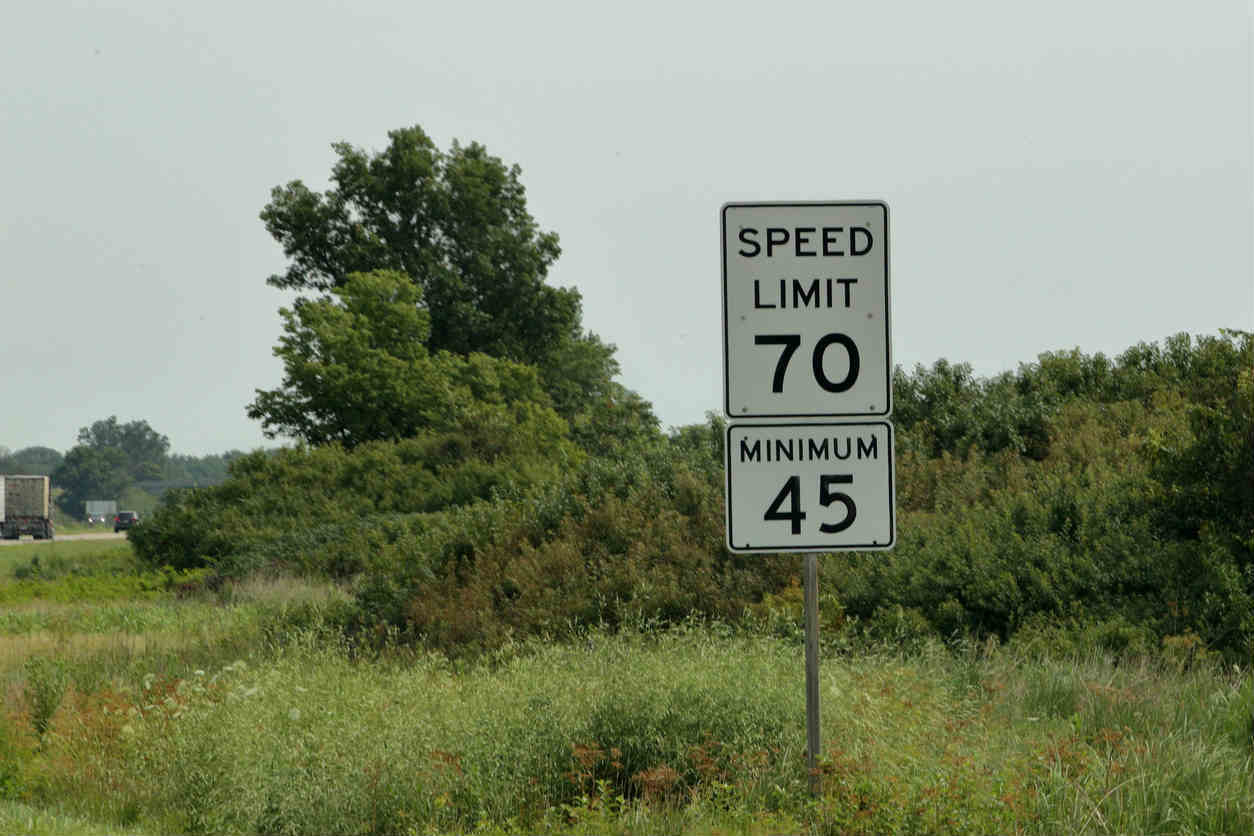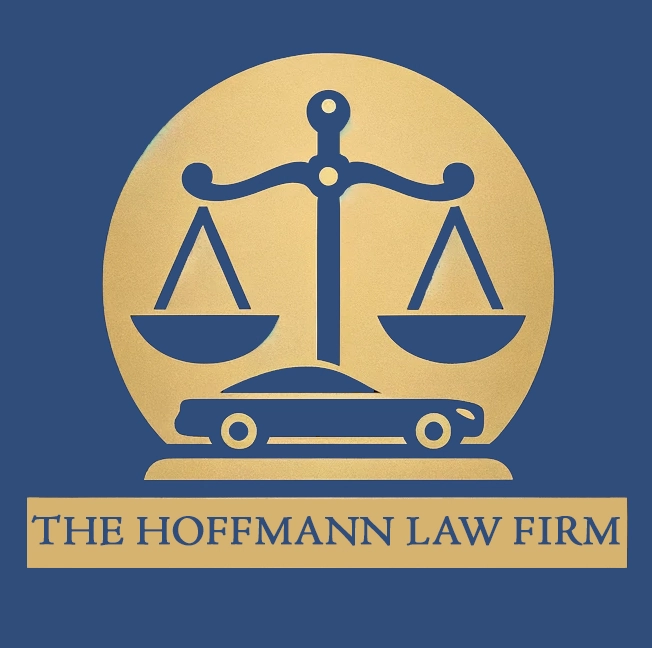Speeding increases the chances of fatal car accidents occurring.
The maximum speed limit allowed in any area is not decided randomly. It is determined after elaborate discussions between traffic officials, politicians, and law enforcement authorities. In Missouri, the speed limits are fixed on the basis of the type of road.

The Maximum Speed Limits Allowed In Missouri
St. Louis drivers are supposed to follow the maximum speed limits set for different areas.
- Rural Freeways – On highways and rural freeways drivers are often allowed to drive at a maximum speed of 70 mph. These areas are scarcely populated, and fast moving vehicles do not pose any danger to the inhabitants.
- Urban Freeways – These freeways are located in the heart of the city which is densely populated. The roads are crowded and it is often not safe to drive at high speeds. So the speed limit in the area is 65 mph.
- Divided Roads – There are roads with a concrete median or a buffer zone which separates the two sides of a highway. Such roads are known as divided roads. The maximum speed allowed on them is generally 65 or 70 mph.
- Residential Areas – It is absolutely necessary to move slowly in the residential areas. The majority of people live in these areas, and there are more chances of accidents due to fast-moving vehicles. Therefore, the maximum limit is set at 40 mph. More caution is observed in school zones, pedestrian areas, and construction zones where the speed limits are reduced further. Moreover, the speed limits on the roads in these areas are strictly implemented.
The penalty for Disregarding the Speed Limit
The speed limit for a particular road is indicated by a road sign. If a driver exceeds the specified limit or disregards the speed limit instructions for a certain type of road, he may be given a speeding ticket or may receive points on his driver’s license. His license may be suspended, or in extreme cases when the offense is committed repeatedly, the driver may have their driving privileges revoked.
Speeding increases the chances for the occurrence of accidents which can cause fatal injuries. So it is the duty of drivers to care for the safety of the people and drive in an appropriate manner. If an accident occurs due to a driver’s negligence, he is accountable for the injuries and damages.
Exceptions
There are certain circumstances in which the speed limits are not applicable. For instance, when the condition of the road is bad or the weather is rough, drivers are expected to slow down. If they drive very fast in hazardous conditions, when there is rain or snow on the road, drivers are liable to be penalized at a higher rate.
5 Ways State Governments Try to Prevent and Discourage Speeding
There’s no question that speeding is extremely dangerous and costs many lives each year. In 2020 alone, speeding contributed to approximately 29% of all fatal crashes. That’s approximately 11,258 lives lost. And speeding isn’t just dangerous; it’s also costly. Estimates suggest that speeding costs Americans around $40 billion per year in property damage, medical expenses, lost productivity, etc. Given the high stakes, it’s no wonder states are constantly looking for new and innovative methods to prevent and discourage speeding. Here are five of the most common methods they use to prevent and discourage speeding.
1. Speed Limits
One way state governments prevent and discourage speeding is by enforcing speed limits. Speed limits are set by state and local agencies based on the engineering and traffic studies of a particular road or highway. The purpose of speed limits is to reduce the number of crashes by making sure that drivers do not travel too fast for the road conditions. Speed limits also help ensure that drivers have enough time to react to hazards. In most states, there are stiff penalties for disobeying speed limits, including fines and points on your driver’s license.
2. Speed Traps
A speed trap is a section of road where law enforcement officials are stationed to catch drivers who are speeding. They’re usually placed in areas where speeding is most likely to occur, such as near schools or in residential areas. The most common type of speed trap is a radar trap, where police officers use radar guns to track the speeds of passing motorists. Studies have shown that speed traps can be effective in reducing speeding and accidents, making them an important tool in traffic safety.
3. Speed Cameras
These devices are becoming increasingly common in many places. Unlike traditional law enforcement methods, speed cameras are able to automatically detect when a vehicle is speeding and issue a ticket to the driver. This provides a financial incentive for drivers to obey the speed limit, as the cost of a speeding ticket can be significant. In addition, the presence of speed cameras makes it more likely that drivers will be caught if they do choose to break the law.
4. Public Awareness Campaigns
State governments also use public education campaigns to discourage speeding. These campaigns often involve billboards, TV commercials, and social media posts that remind drivers to obey the speed limit.
5. Traffic Calming Measures
Traffic calming is the use of physical design and other techniques to slow down or reduce traffic in an area. Common traffic calming measures include speed bumps, roundabouts, and raised crosswalks.
As you can see, there are many ways that state governments are using to prevent and discourage speeding. While not all of these methods are effective, each state is doing its best to keep motorists safe on the road. Do your part to help reduce speeding by obeying the speed limit and driving safely!
Involved in a St. Louis car accident with a speeding vehicle?
In case you are injured in some auto accident which is caused due to a speeding vehicle, you have the right to claim compensation for not only the medical costs, and loss of income, but possibly your pain and suffering as well. Speak to a St. Louis car accident lawyer to learn more about your rights. Call (314) 361-4242 for a free case evaluation.
Free Consultation with a St. Louis Car Accident Lawyer
Don’t talk to an insurance claims adjuster before speaking with The Hoffmann Law Firm, L.L.C. We can help you avoid making statements that may affect the outcome of your case. The consultation is free; you don’t pay unless we get you money!
Free Consultation (314) 361-4242